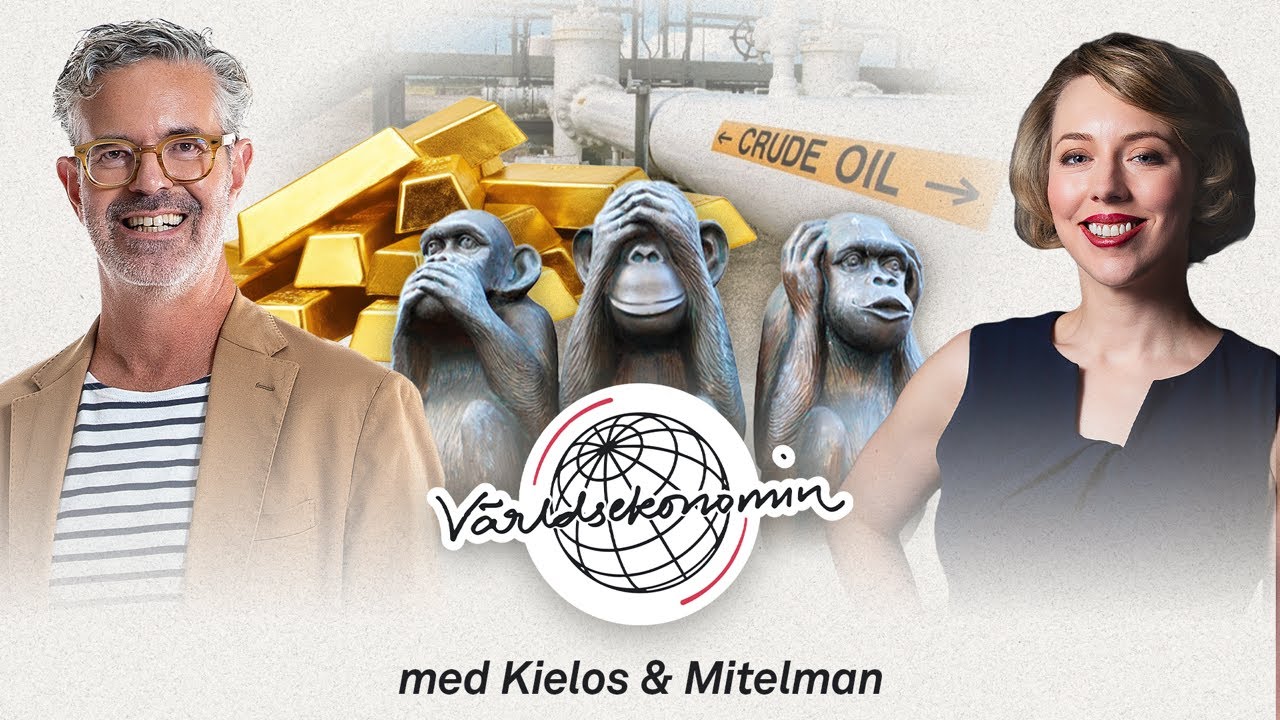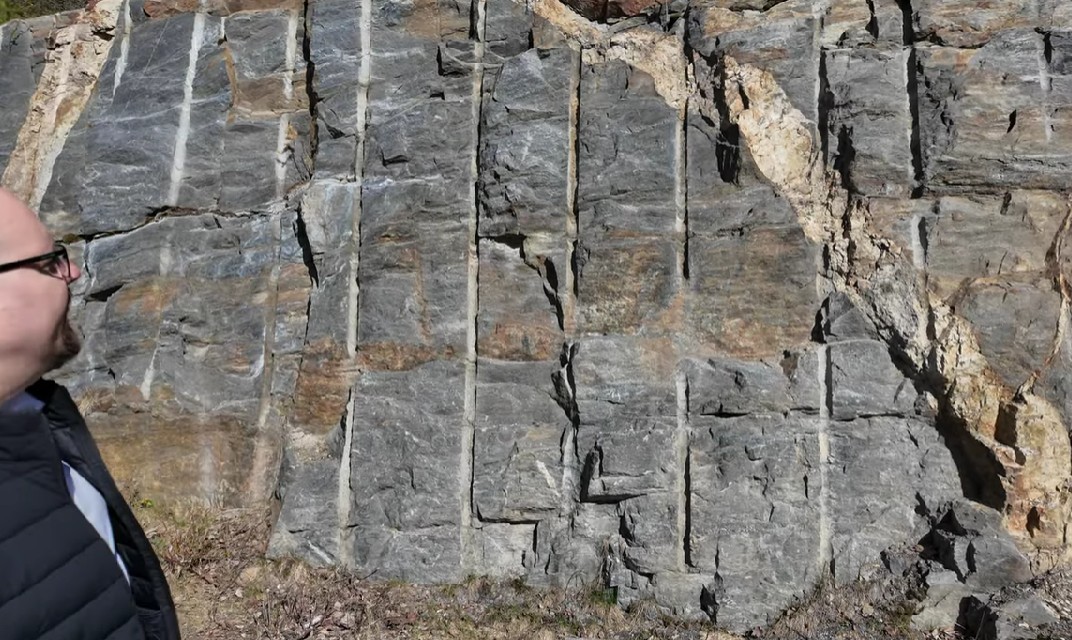Nyheter
David Hargreaves on Precious Metals, week 28 2014

 What to make of precious metal prices is starting to perplex. Gold made a further advance, 1.2% to $1335/oz, whilst platinum tailed it with just 0.7% to $1508. Each trails its late 2012 peak but has pulled ahead in the past year. It is contrary to the economic news. The focus remains more on economic than political; oil is taking care of the latter.
What to make of precious metal prices is starting to perplex. Gold made a further advance, 1.2% to $1335/oz, whilst platinum tailed it with just 0.7% to $1508. Each trails its late 2012 peak but has pulled ahead in the past year. It is contrary to the economic news. The focus remains more on economic than political; oil is taking care of the latter.
As ever, the US holds the purse strings. QE will end in October, they tell us, with interest rate increases likely in Q3-Q4 2015. That is a long time in commodities, so gold maintains its head of steam. As we further report, India is keeping the lid – at least officially – on gold and silver imports and China appears to have slowed down. Yet the miners are busy getting their houses back in order, so newly mined supplies are tempered. Russia’s gold production rose 29% to 87t in January-May but is set for an overall year-on-year decrease of 5% in 2014 because of the postponement of large projects.
The World Gold Council counts most of the major producers as members and performs a long standing watchdog role. Members pay a fee based on ounces produced and the cost of these has persuaded two RSA – based miners, AngloGold Ashanti (NYSE AU) and Gold Fields (NYSE: GFI) not to renew. This comes as the London Gold Fix comes under scrutiny.
Dubai forges ahead in gold, silver and diamonds. We are told that when it introduces a spot gold contract in Q3 it will consider a silver contract too. The spot gold contract will be for one kilo (32.15 troy oz). The exchange, DGCX already trades gold futures. It has its eye too on softs. These could compliment the established Citi oil, Brent Crude and currencies.
India stays firm on gold. Two nations dominate the import and image of gold, India and China. Now whilst its annual mined output, c. 3000t, is dwarfed by its surface stocks, c. 150,000t, this matters. India is the larger importer, c. 1200t, since it has little domestic supply. This hurts its balance of payments, since some is re-exported in finished jewellery, but much goes under the bed. Now the new government has demanded in its state-budget to keep import duty on gold and silver unchanged at a record 10%.
The gold fix. Will, it, won’t it? Much speculation as to whether the venerable, twice daily, London god price fix will be scrapped. If so, what will replace it? The silver fix goes next month, so why not its big brother? A criticism of the fix is not just that it is archaic, perhaps unrepresentative, but open to manipulation. Right now five major banks meet AM and PM to set the daily price accordingly to their order books. The direct and indirect business that flows as a result is huge. It trickles down to the sale of a humble Krugerrand across a shop counter, which is normally basis the last fix.
The call is for more groups to be involved. As we write the World Gold Council has been in session, most of the week, at its London offices in a round table debate on reform and modernisation.
WIM says: We are still at a formative stage in determining if in total, some or any change will carry. Thinks if it ain’t broke don’t fix it?
The silver fix, long the property of the London Bullion Market Association, LBMA, is due to end next month. To be replaced by? Rumour is that the LBMA members have chosen CME/Thompson Reuters to replace it when it formally ends on August 15th. This bid war chose from a short list of seven that included the LME, Bloomberg, ETF Securities and Platts. Big hitters. We should hear on Monday.
Gold hedging, oh dear. When you are a miner of a commodity whose value has almost doubled in few years, only to slump by 30% meantime then recover about 80% of that, you have to ask, should I hedge? Should I sell my production forward? It is a tempting strategy. If you can lock in a potential profit of up to 50% on your cost of production you could be smiling. That does of course require you to produce. Suppose you fail and the price goes even higher? You have to buy-in and take a thumping loss. Even if you keep up your output but the price rises, your investors will note you could have made more. Hedging peaked at over 3000t – total world annual production – in 1999. This was the last year of a net position before 2011. At end March 2014 it stood at 87t. now Russia’s largest producer, Polyus Gold has forward sold 310,000oz (10t) over the next two years. Only a trickle, but an indicator.
[hr]
About David Hargreaves
David Hargreaves is a mining engineer with over forty years of senior experience in the industry. After qualifying in coal mining he worked in the iron ore mines of Quebec and Northwest Ontario before diversifying into other bulk minerals including bauxite. He was Head of Research for stockbrokers James Capel in London from 1974 to 1977 and voted Mining Analyst of the year on three successive occasions.
Since forming his own metals broking and research company in 1977, he has successfully promoted and been a director of several public companies. He currently writes “The Week in Mining”, an incisive review of world mining events, for stockbrokers WH Ireland. David’s research pays particular attention to steel via the iron ore and coal supply industries. He is a Chartered Mining Engineer, Fellow of the Geological Society and the Institute of Mining, Minerals and Materials, and a Member of the Royal Institution. His textbook, “The World Index of Resources and Population” accurately predicted the exponential rise in demand for steel industry products.
Nyheter
Jonas Lindvall är tillbaka med ett nytt oljebolag, Perthro, som ska börsnoteras

Jonas Lindvall, ett välkänt namn i den svenska olje- och gasindustrin, är tillbaka med ett nytt företag – Perthro AB – som nu förbereds för notering i Stockholm. Med över 35 års erfarenhet från bolag som Lundin Oil, Shell och Talisman Energy, och som medgrundare till energibolag som Tethys Oil och Maha Energy, är Lindvall redo att än en gång bygga ett bolag från grunden.
Tillsammans med Andres Modarelli har han startat Perthro med ambitionen att bli en långsiktigt hållbar och kostnadseffektiv producent inom upstream-sektorn – alltså själva oljeutvinningen. Deras timing är strategisk. Med ett inflationsjusterat oljepris som enligt Lindvall är lägre än på 1970-talet, men med fortsatt växande efterfrågan globalt, ser de stora möjligheter att förvärva tillgångar till attraktiva priser.
Perthro har redan säkrat bevisade oljereserver i Alberta, Kanada – en region med rik oljehistoria. Bolaget tittar även på ytterligare projekt i Oman och Brasilien, där Lindvall har tidigare erfarenhet. Enligt honom är marknadsförutsättningarna idealiska: världens efterfrågan på olja ökar, medan utbudet inte hänger med. Produktionen från befintliga oljefält minskar med cirka fem procent per år, samtidigt som de största oljebolagen har svårt att ersätta de reserver som produceras.
”Det här skapar en öppning för nya aktörer som kan agera snabbare, tänka långsiktigt och agera med kapitaldisciplin”, säger Lindvall.
Perthro vill fylla det växande gapet på marknaden – med fokus på hållbar tillväxt, hög avkastning och effektiv produktion. Med Lindvalls meritlista och branschkunskap hoppas bolaget nu kunna bli nästa svenska oljebolag att sätta avtryck på världskartan – och på börsen.
Nyheter
Oljan, guldet och marknadens oroande tystnad

Oljepriset är åter i fokus på grund av kriget i Mellanöstern. Är marknadens tystnad om de stora riskerna, det som vi egentligen verkligen bör oroa oss för? Och varför funderar Tyskland på att plocka hem sin guldreserv från New York? I veckans avsnitt av Världsekonomin pratar Katrine Kielos och Henrik Mitelman om olja, tystnad och guld. Europa är ju mer beroende av oljepriset än USA, hur orolig ska man vara för att det stiger? En krönika i Financial Times lyfte nyligen “marknadens oroande tystnad”, den syftade på skillnaden mellan den dystra geopolitiska utvecklingen i världen och en marknad som samtidigt återhämtat sig 20 procent sen början av april, trots tullkriget. Vad säger marknadens tystnad egentligen? I Tyskland pågår en debatt om att plocka hem sin guldreserv från USA. Handlar det om bristande förtroende för Donald Trump – och kan det rentav ha något med “hämndskatten” att göra?
Nyheter
Domstolen ger klartecken till Lappland Guldprospektering

Mark- och miljödomstolen har idag meddelat dom i målet om Stortjärnhobbens bearbetningskoncession. Beslutet innebär att Lappland Guldprospektering får tillträde till området – ett avgörande steg mot framtida gruvbrytning i regionen.
Bearbetningskoncessionen för Stortjärnhobben är en central del i Lappland Guldprospekterings långsiktiga satsning på hållbar gruvutveckling i området. Projektet har varit föremål för juridisk prövning och dagens dom ger nu tydlighet kring markanvändningen.
”Vi är mycket nöjda över beslutet och ser nu fram emot att kunna lägga i nästa växel vad gäller utvecklingen av Stortjärnhobbens guldprojekt. Domstolens beslut är ett synnerligen viktigt steg och ger oss nu rätten att nyttja och förfoga över området”, säger VD Fredrik Johansson.
-

 Nyheter3 veckor sedan
Nyheter3 veckor sedanStor uppsida i Lappland Guldprospekterings aktie enligt analys
-

 Nyheter4 veckor sedan
Nyheter4 veckor sedanBrookfield ska bygga ett AI-datacenter på hela 750 MW i Strängnäs
-

 Nyheter4 veckor sedan
Nyheter4 veckor sedanSommaren inleds med sol och varierande elpriser
-

 Nyheter4 veckor sedan
Nyheter4 veckor sedanOPEC+ ökar oljeproduktionen trots fallande priser
-

 Nyheter3 veckor sedan
Nyheter3 veckor sedanSilverpriset släpar efter guldets utveckling, har mer uppsida
-

 Analys4 veckor sedan
Analys4 veckor sedanBrent needs to fall to USD 58/b to make cheating unprofitable for Kazakhstan
-

 Nyheter4 veckor sedan
Nyheter4 veckor sedanTradingfirman XTX Markets bygger datacenter i finska Kajana för 1 miljard euro
-

 Nyheter2 veckor sedan
Nyheter2 veckor sedanUppgången i oljepriset planade ut under helgen













